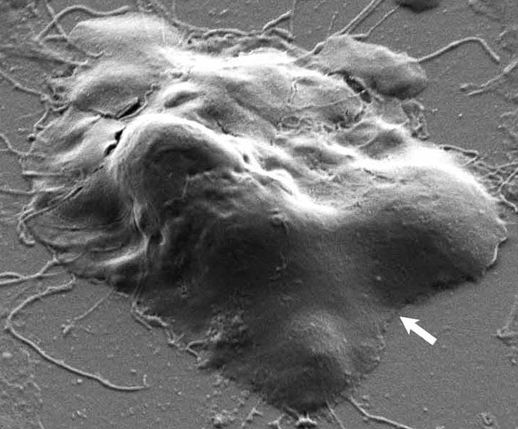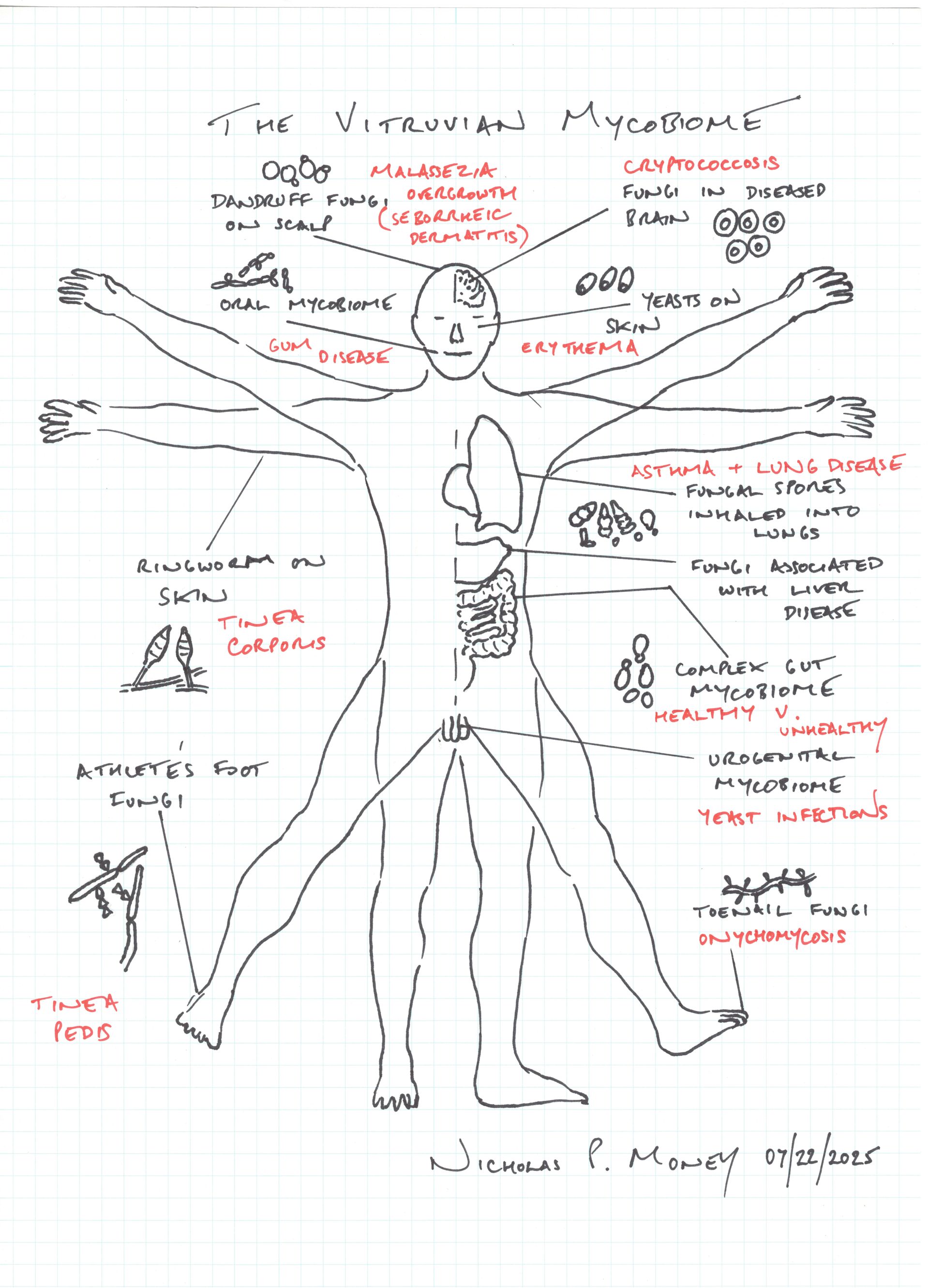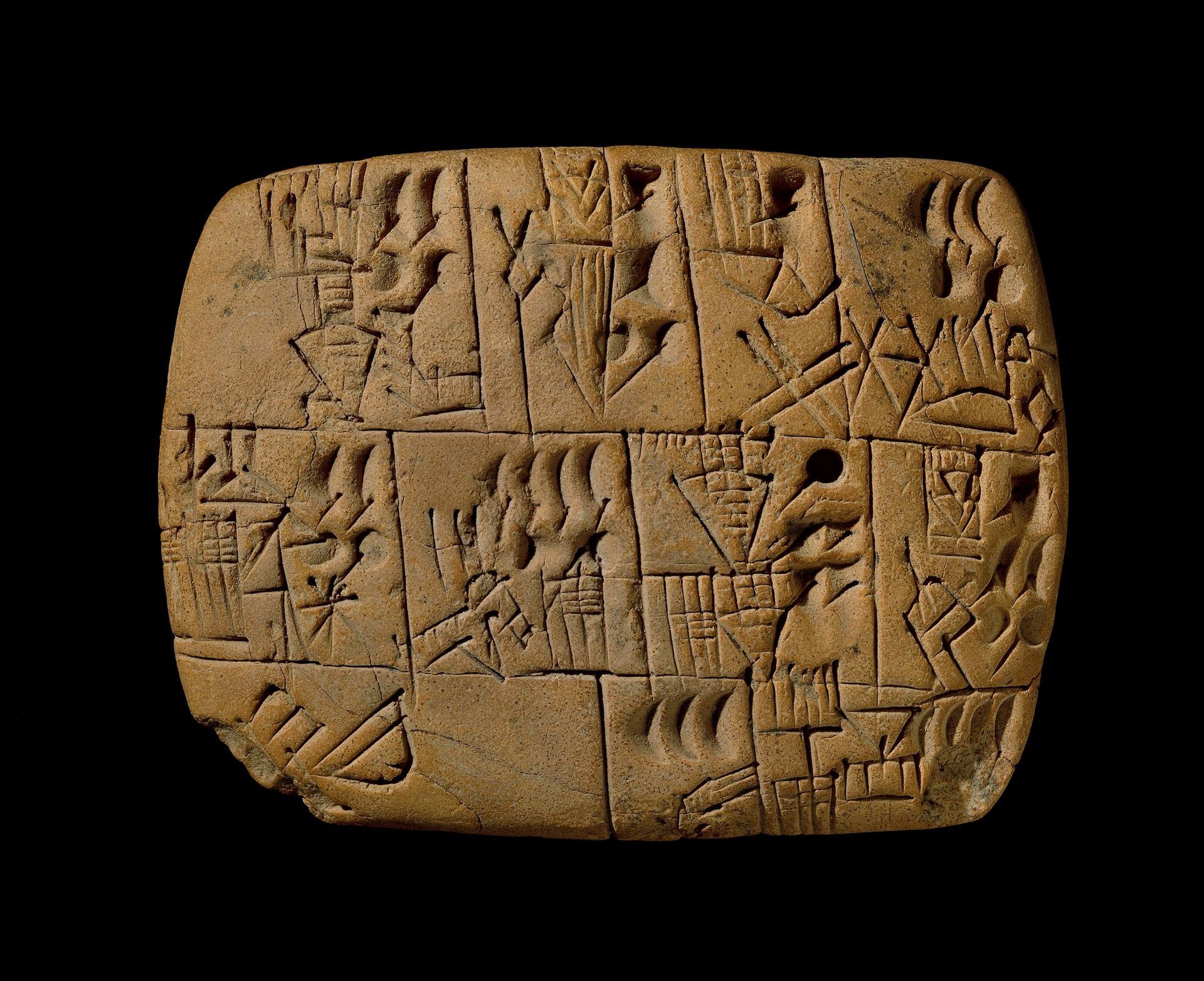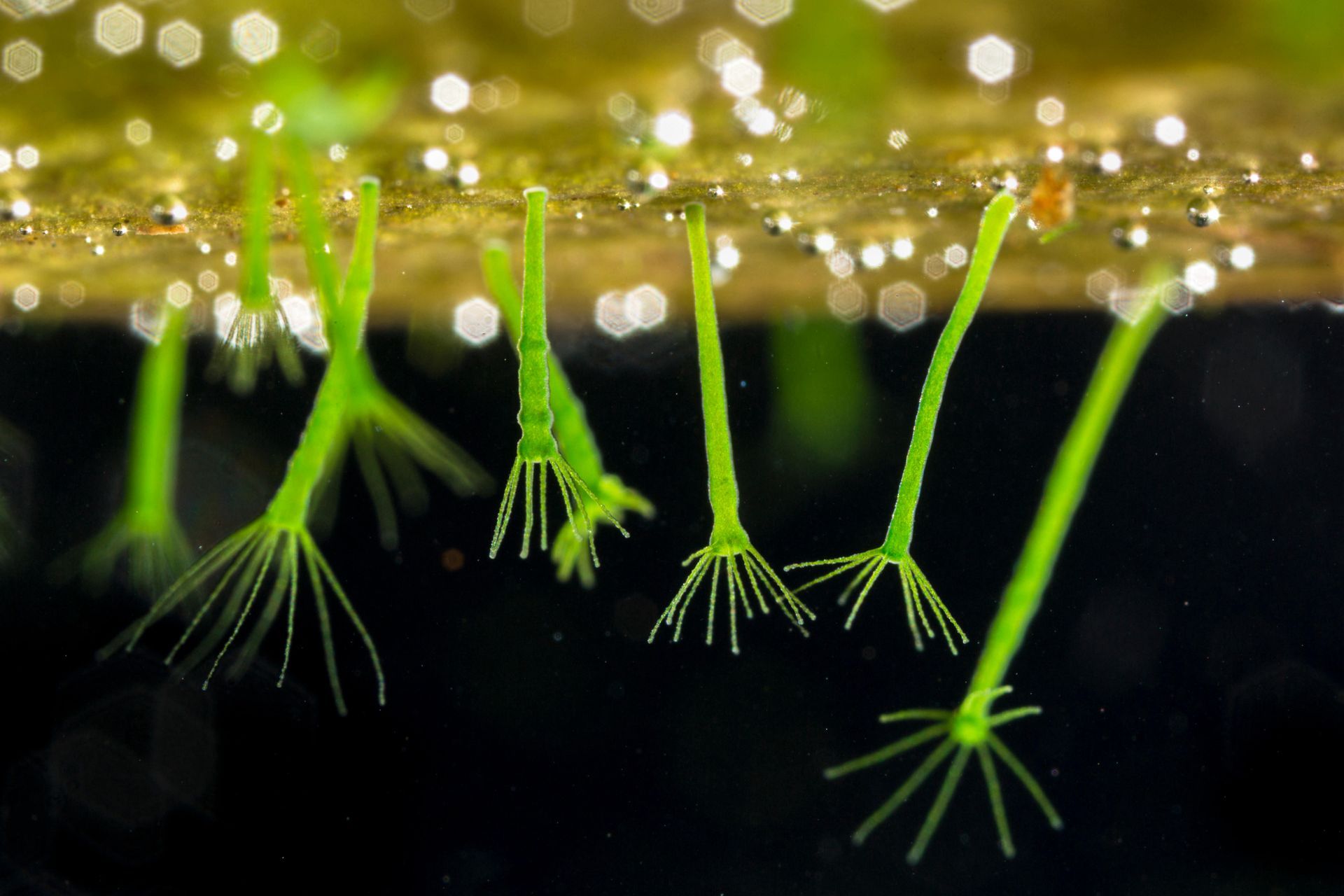Why Cretaceous Mushrooms Became Colorful, Started Glowing, Developed Perfumes, and Turned into Truffles
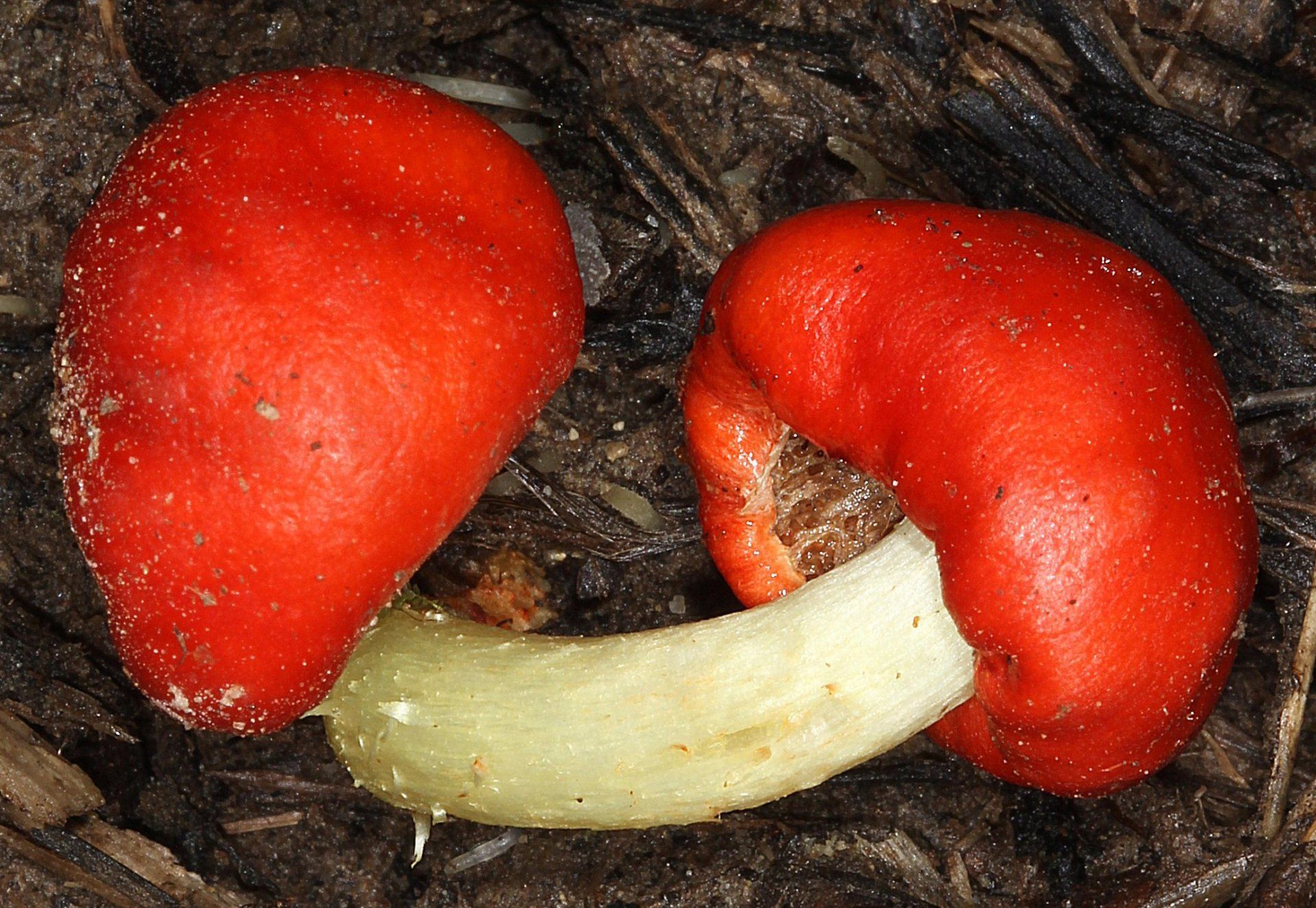
The answer, fellow mycologists, is blowing in the wind. Stalked mushrooms with gills beneath their umbrellas evolved in the Jurassic. This is the rough timing that we infer from the DNA clocks in fungi that appear to have been ticking for more than 150 million years. Jurassic forests were filled with prehistoric Chilean pines, or monkey puzzle trees, cycads, and other cone-bearing conifers. The first birds launched themselves from branches, small mammals crunched on insects, and ferns grew under the open tree canopy where the sunlight warmed the forest floor. Mushroom colonies spread in the leaf litter and established mycorrhizal symbioses with tree roots. The openness of the forests left them as windy as the surrounding grasslands which was perfect for mushrooms that relied on breezes to spread their spores. There was no need for any of these fungi to attract the attention of animals.
This self-sufficiency was challenged in the Cretaceous as carbon dioxide levels increased and the climate warmed. The flowering plants diversified and softwood trees with cones made room for the broadleaved hardwoods that thrived in the heat and closed the forest canopy. The woods became windbreaks. As the warming continued the temperature gradients between the poles and the equator weakened and the whole planet became less windy. Some estimates suggest that average windspeeds dropped by 30%. Confronted by the stillness of the Cretaceous forests, fungi began working with animals by painting toadstool caps and making some of them glow green, erecting stinkhorns with heads smeared with cadaverous slime, and perfuming truffles. Species that were unable to adapt to the obstacles to wind dispersal were eliminated, which may be part of the explanation for the mass extinction of Cretaceous fungi indicated in phylogenetic studies.
It seems likely that insects and other invertebrates performed an accessory role in dispersing mushroom spores in the Jurassic. But when the wind dropped in the Cretaceous, the value of insects as couriers rose, and coloration may have become a marketing tool for mushrooms in the same way that colorful flowers lure pollinators. (This, at least, is my hypothesis.) Experiments suggest that bioluminescence achieves the same goal. Insects attracted to mushrooms may have been rewarded with sugars secreted by the fungus, although fruit bodies provide more obvious benefits for insects by acting as incubators for eggs and refuges for larval maturation.
Some colors attracted birds and mammals and we may be underestimating the continuing importance of these relationships today. Interactions between mushrooms and animals are observed in species that suppress the expansion of the fruit body and do not expose their gills to the air. These are called secotioid mushrooms and they are viewed as intermediary forms in the evolution of the hypogeous fungi or truffles that perfected the animal-fungus symbiosis. (Truffles that evolved from gilled mushrooms and boletes are called false truffles to distinguish them from true truffles that belong to a different group of fungi.) Secotioid mushrooms are very colorful in some habitats, which is consistent with the significance of animal dispersal in their life cycles. Coloration is obviously immaterial for subterranean truffles whose volatile attractants were engineered to attract particular animal species rather than generalized scavengers on forest floor. Phallic mushrooms and their relatives arose at this time too, dispensing with wind dispersal in favor of transportation by carrion flies. All of these modifications were part of a great radiation of mushroom forms in the Cretaceous.
To summarize: Climatic changes in the Cretaceous may be part of the reason that mushrooms with a perfect mechanism for wind dispersal invested in mutualisms with animal vectors. These relationships involved fundamental modifications to the development of fruit bodies and are the foundation of much of the modern diversity of mushroom morphology. When we flip through the pages of a mushroom guide, paper or virtual, and marvel at the strange shapes and bright colors, we are looking at solutions to the problem of spreading spores when the wind stopped blowing.
***
Illustration: Leratiomyces erythrocephalus is a secotioid mushroom whose bright red caps attract birds that consume the fruit bodies and disperse their spores. Photo credit: fishHook Photography / Alamy Stock Photo
